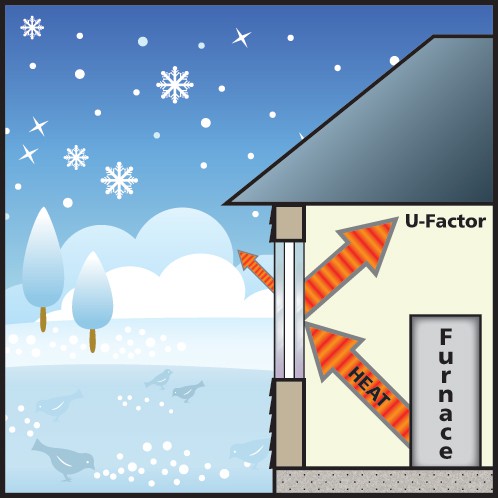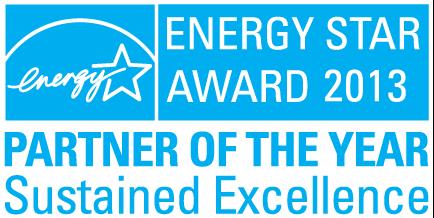

We know our Long Island customers are interested in finding beautiful windows with the highest energy rating for their homes, but that wading through the ratings jargon can be confusing and frustrating. When window specialists start talking about R- and U-values and thermal efficiency, it’s easy to get overwhelmed trying to keep all those numbers straight.
Today, rather than give you a litany of definitions and explanations for various metrics that characterize window performance, we want to focus on just a few – U-Factor, Solar Heat Gain Coefficient and Visible Transmittance. Both R-Value and U-Factor are measures of a materials’ insulating performance. Many homeowners are familiar with R-Values from shopping for attic and wall insulation, but these are not applicable in window performance. Instead, we’ll use the standard window metric U-Value
Who Sets the Standards?
The National Fenestration Rating Council (NFRC) is a nonprofit organization founded to help consumers compare and evaluate energy-efficient windows, doors, and skylights. The organization does not recommend individual products; however they provide unbiased information about the total window performance based on independent testing.

To learn more about how NFRC rates windows, visit the NFRC website. The NFRC is a third-party agency not affiliated with Renewal by Andersen of Long Island.
How the U-Factor Affects YOU on Lon Island
If you’re wondering how important the U-Factor and whole window performance is for you, consider this. According to the United States Department of Energy, $35 million dollars is lost every year through inefficient windows. That’s almost $10 for every man, woman and child in the US, as of March 2014.
The U-Factor is a numerical representation of the amount of heat lost through a window or door. The lower the number, the higher the efficiency. Controlling heat loss is one of the most important tools to curb energy consumption and reduce utility bills.
The Other Numbers on Your Window’s NFRC Label
Unlike the MPG rating on a car where higher numbers signify optimal performance, lower numbers on an NFRC label means greater efficiency. While many replacement window companies focus mainly on glass panels – improving UV control and maintaining adequate heat loss/heat gain ratios through window panes – our total window performance program goes further.
The Solar Heat Gain Coefficient (SHGC) measurement shows how efficiently a product reduces heat gain. Windows facing east and west typically gain more heat than north and south-facing windows. Low-E glass and certain window designs that reduce surface area limit heat gain. Double and triple-glazed window designs are also more efficient that single pane styles. Higher efficiency windows have low SHGC numbers.
Visible Transmittance numbers measure the total light that passes through the window unit. Slim-profile window designs allow more light transfer and wide-framed models allow less light to come through. Here, you want a higher number, as long as that doesn’t mean you’ll be subject to glare.
Adding All the Numbers
An energy efficiency rating involves much more than simply calculating whether the window is airtight. Think of how hot a metal plate – like your car’s hood – gets on a bright summer day. Energy efficient window designs help you capitalize on solar gains during the winter without sacrificing efficient cooling during our hot, humid Long Island summer months.
When you design replacement windows for your home, consider the orientation of the windows in your home – which direction do they face. Also, think about how landscaping affects your windows – do you have large shade trees that will protect your windows from direct sunlight in summer, but allow light when the leaves fall in autumn to allow some heat gain in winter?
Decorating elements also impact efficiency. You don’t have to sacrifice decorating style to gain superior performance, but you should consider the impact of heavy drapes or sheer blinds on energy efficiency.
Designing Your Renewal by Andersen Replacement Windows for your Long Island Home
There is a lot that goes into designing your beautiful Renewal by Andersen replacement windows for your Long Island home. Our hassle-free process is a step by step approach to help you customize windows and replacement doors with unrivaled beauty and performance.
Need more information about energy efficiency or design of your Long Island replacement windows? Fill out the form on this page or give us a call at (866) 609-5033 at your convenience. We’re anxious to talk to you about how our products can help you upgrade your home and save money at the same time.
Check out this post for more information on replacement window energy efficiency.